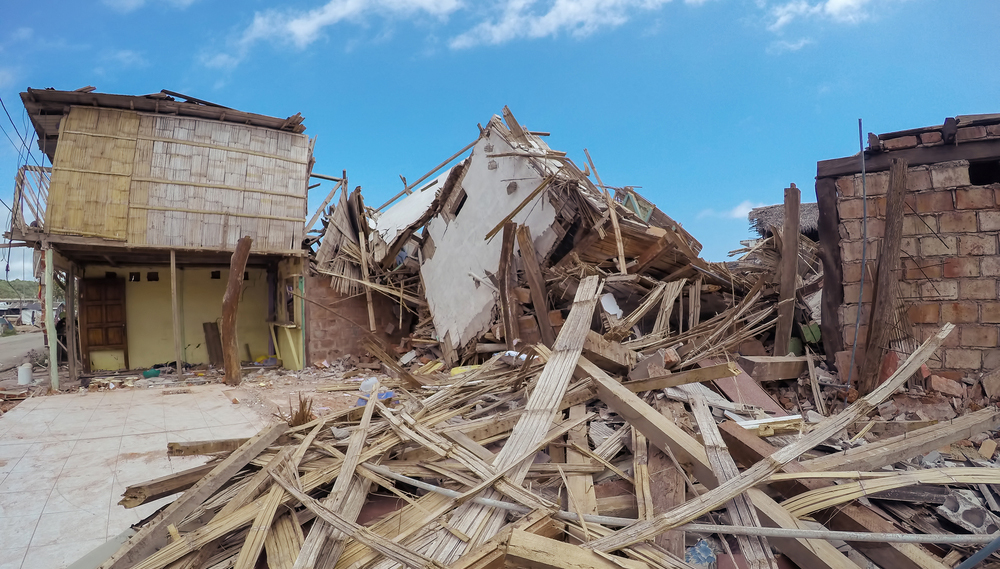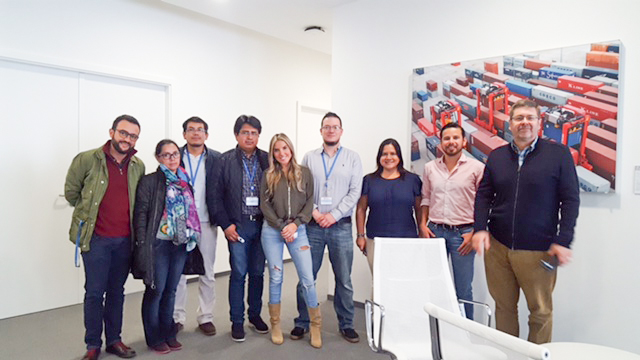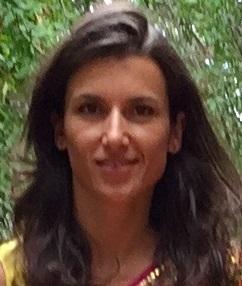One year after a deadly earthquake, work on long-term rebuilding is in full swing. We met the Ecuadorian team that’s making it happen
Luciano Dorigo was with three friends in a petrol station in Portoviejo. Suddenly, the ground started wobbling and the buildings shook tremendously. “We got out of the car and crawled to shelter nearby,” he remembers. The earthquake lasted for one seemingly endless minute. When the rumbling was over, Luciano dusted himself off. Somehow, he and his friends were alive.
Not everyone was so fortunate. On 16th April 2016, the 7.8-magnitude earthquake killed more than 670 people and destroyed the lives of thousands in Ecuador. Portoviejo, the capital of Manabi Province, was hit particularly hard. “I feel a great responsibility towards my region,” says Dorigo who was born and raised in Manabi and is a civil engineer at Ecuador Estrategico, the company appointed by the Ministry of Finance to implement the reconstruction and recovery.
Reviving the local economy and people’s livelihoods after disaster requires know-how and money. The European Investment Bank (EIB) provides both to this project. “Understanding the challenges of recovery after disaster is crucial, but finding the right tools to tackle them is equally vital,” says Fernando Camano, the Bank’s engineer who dealt with this operation.
An experienced EIB team was on the ground just a few days after the earthquake.

Restore and improve
The economic center and downtown of Portoviejo, a city of 300,000 people, was badly damaged in the earthquake. “We want to bring order out of disorder in the urban scene. It is an opportunity for Portoviejo to reinvent itself and become more resilient,” says Patricia Cobos, an economist at Ecuador’s Ministry of Finance who’s working on the rebuilding scheme.
The reconstruction programme in the province of Manabi will be fully financed by an EIB multi-sector framework loan and cover two phases:
- restoring the affected infrastructure, schools, hospitals and roads, and repairing water and power supply facilities
- enhancing the urban space, including installation of underground cables, recycling waste, and creating social and inclusive neighborhoods.
The two-phase reconstruction is backed by the Bank’s USD 175 million loan signed in November 2016. The project will also benefit from a EUR 7 million grant from the European Commission’s Latin America Investment Facility.
“Improving the public spaces also means providing quality public services, and refurbishing them, to promote the return of business and tourism,” explains Dorigo. “It’s the return of life.”
Pedestrians will be a priority in the new Portoviejo centre and as such they will have plenty of space – doubled from the 1.2 hectares to 2.4 hectares – in which to walk and cycle. This will result in half the space for cars, so the urban space will be cleaner and greener. The number of trees in the centre will be six times as much as at present. Green space per inhabitant will rise to around 16 square metres.
“We estimate that nearly 6 000 people will directly benefit from this project and a further 228 000 will benefit indirectly,” says Cobos. “It’s rather impressive.”
An innovative training
Camano has worked on several post-disaster reconstructions across the world. The Bank has a long track record in managing disaster risk and post-conflict related operations, backing 78 projects in the past 15 years.
Disaster prevention and post-disaster recovery operations inside the European Union focus primarily on flood and storm, with some earthquake, oil-spill and forest fire. Outside the EU, earthquake prevention and response account for over half of the Bank’s post-disaster lending followed by flood and storm response and forest fire prevention.
Coordination to identify needs and to rebuild will be vital in the long-term reconstruction process. Camano knows this well. He is behind the innovative idea of providing training to the project’s leaders. It is the first time that the EIB has pulled together the know-how from 15 Bank’s experts for such an intensive training. But building on the successful experience this will probably be replicated for other projects inside and outside Europe.
“We wanted to pass hands-on knowledge on key aspects and we wanted to do it in the most effective way,” he says. “Having the full implementation team here maximises the benefit.”

At the EIB offices: the team from Ecuador Estrategico, Patricia Cobos (in the center) from the Ministry of Finance and Fernando Camano (on the right) from the EIB
“The European Investment Bank gave us the chance to come to Luxembourg and be trained at the EIB headquarters by the Bank’s experts on how to best unroll the project together,” says Cobos. “We got so much knowledge in just one week. And it is also great to give faces to names. It makes us feel so connected and taken care of.”
